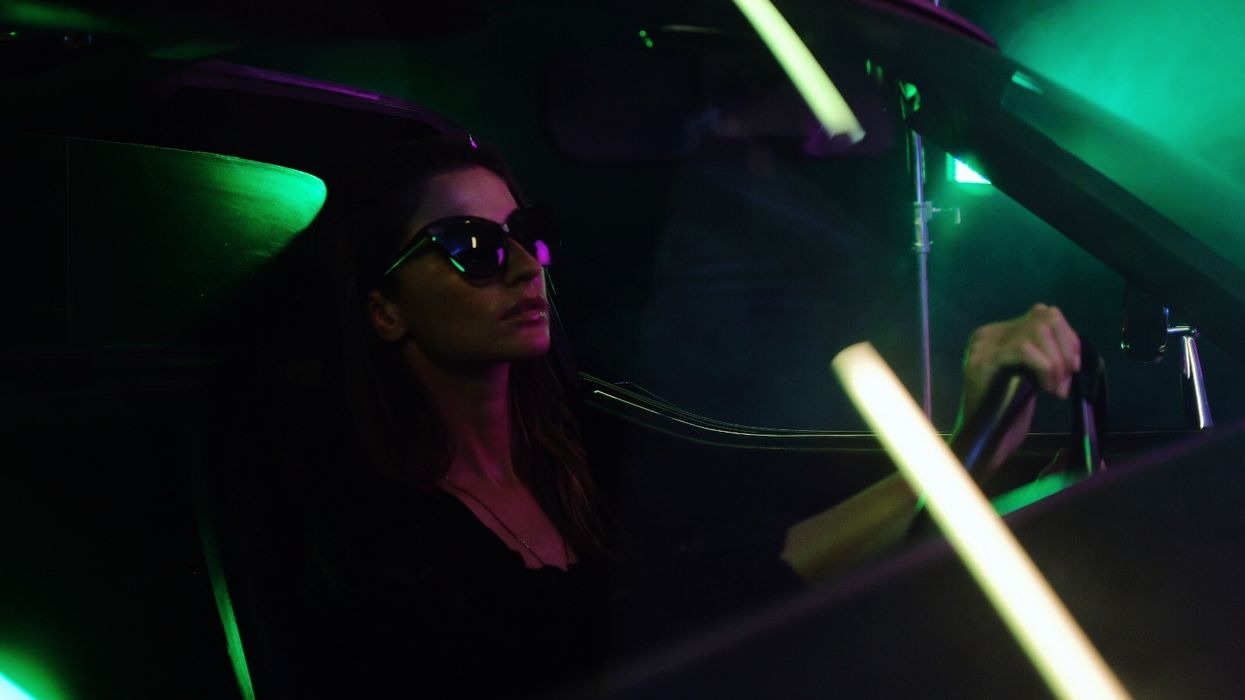Create Easier Composites and Car Shots with the Voyager from Digital Sputnik
Skip the DMX board and go right to an app to paint with light.

Want to make a composite or car shot feel more dynamic? One of the best ways to do just that is to dynamically move your lights so that the lighting on your performers' faces sync with the images you wish to comp in behind them. That sort of dynamic lighting really helps ground it in reality; nothing ruins a comp more than a massive explosion in the background while the lighting on your actors face stays static.
To accomplish this, many large productions bring out LED screens, media servers, and DMX lighting systems that are far beyond the budget of most indies. Seeing a need for a less expensive alternative, popular lighting company Digital Sputnik has been showing off how its programmable Voyager lights can allow indie filmmakers the ability to create similar effects without the hassle. Just fire up its light grading app!
Of course, the "poor man's process" is one of the oldest techniques in cinema; instead of shooting on a full process trailer, you sit the car on a stage or in an alley and move the lights around it. However, that still requires numerous hands on deck to physically move around the lighting units. Without moving lights on the actors, the effect just doesn't sell.
This makes the Voyager perfect since it allows for a moving program to happen in-shot, and if you can rig up enough units, you won't need a dozen grips to physically move lights around (just someone to hit "go" on the app).
Whether in front of a green screen, or doing our preferred projection method, the ability to sync those lights through the app to the background imagery helps sell the effect to the audience. Of course, you'll still need someone sitting on the bumper of the car to simulate bumps in the road, but no lighting company is going to fix that anytime soon.














